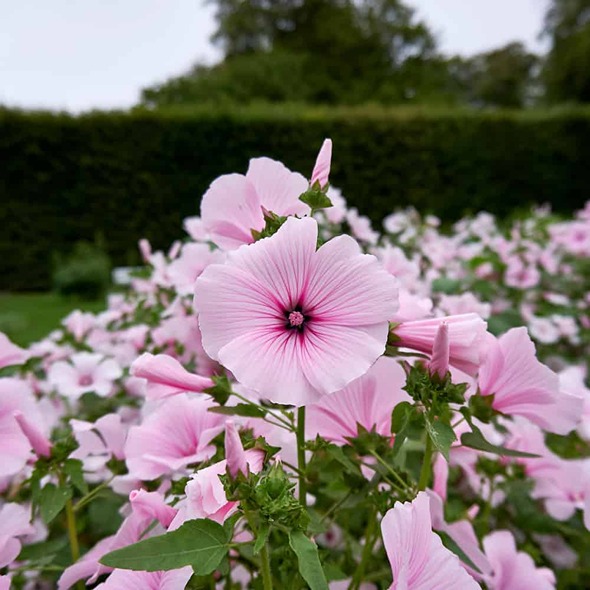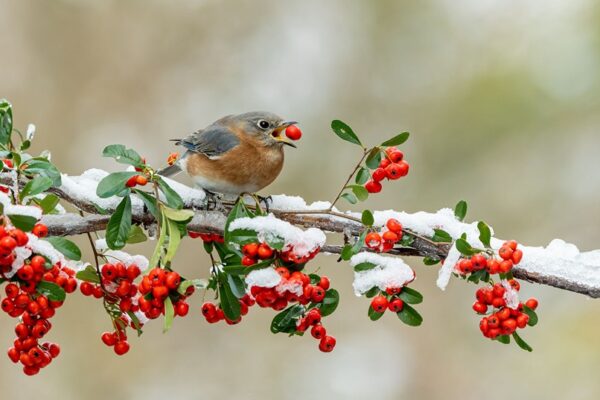How to Grow and Care for Lavatera: Best Tips
Understanding the specific growing requirements and providing proper care is essential to successfully grow and care for lavatera in your garden. Lavatera, a member of the mallow plant family, encompasses a diverse genus consisting of 25 officially recognized plant species. This genus comprises both perennial and annual plants. Similar to hibiscus, lavatera plants boast remarkable and captivating flowers, characterized by their large size and funnel-shaped structure, composed of five distinct petals.
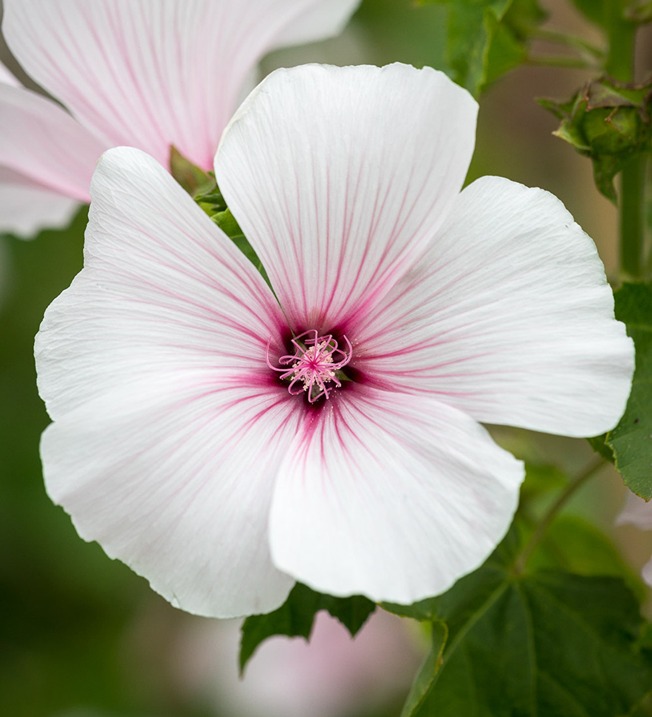
The physical attributes of lavatera plants display significant variation across species. Some lavatera species are known to be compact, reaching a modest height of two to three feet. Conversely, there are shrub-like lavatera species that can grow to impressive dimensions, towering at ten feet in height and spreading out six feet in width. It is important to note that the optimal time for planting most lavatera species is during the spring season.
Lavatera plants are closely related to hollyhocks, sharing a common ancestry. Much like their botanical relatives, lavatera plants are generally considered easy to cultivate, particularly in regions with moderate climates that are not excessively hot and humid. Due to their rapid growth rate, lavatera plants are often favored as space fillers within gardens or as focal points to complement shorter, less striking plant varieties.
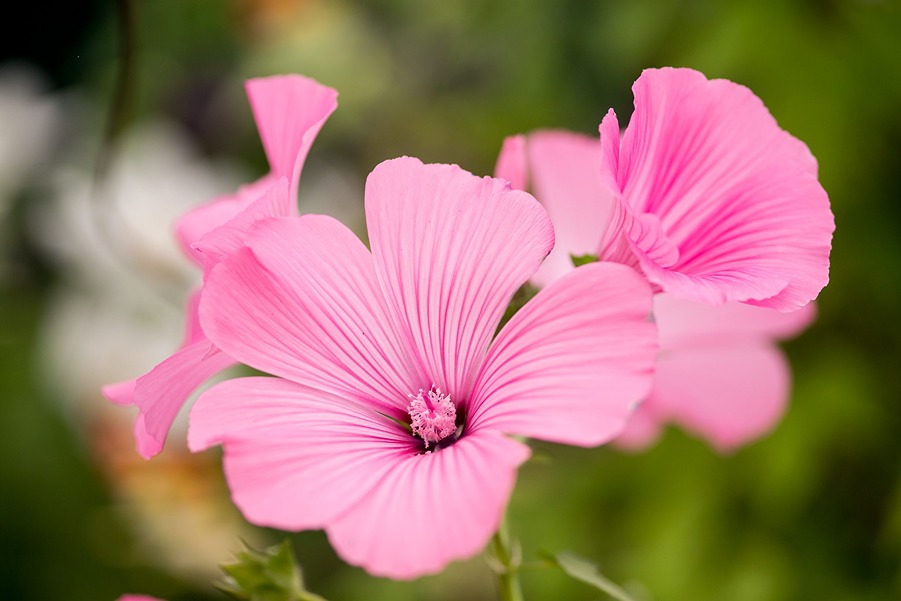
Lavatera Care
Lavatera, like many plants, requires specific care guidelines that may vary slightly depending on the species. However, once lavatera plants are well-established, they generally demand minimal maintenance. One notable characteristic of lavatera is its impressive drought resistance, making it resilient to dry conditions. Additionally, lavatera plants are not significantly affected by common plant diseases or pests. To successfully grow and care for lavatera, select a location in your garden that receives full sun, as these plants thrive in bright light conditions.
Shrub-type lavatera exhibits a growth habit that is mounding yet slightly irregular. This unique growth pattern makes it an ideal choice for creating a natural screen or serving as a striking backdrop within a flower bed. If desired, you can trim and shape the shrub-type lavatera to achieve a more orderly and uniform appearance.
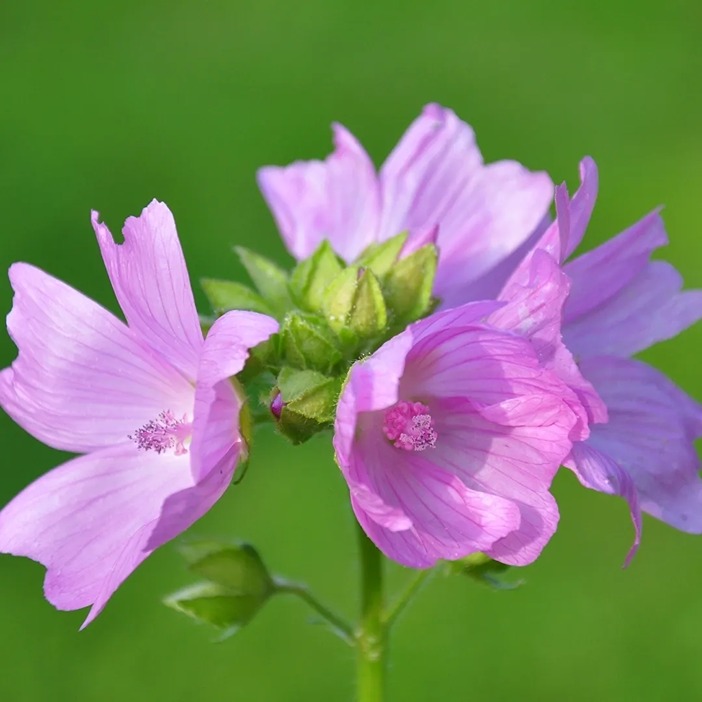
Light
In terms of light requirements, lavatera is native to the Mediterranean region and thrives when exposed to full sun. Planting lavatera in overly shaded areas can cause the plant to droop. While lavatera produces the best flower output in full sun, in regions with extremely hot climates, providing some shade during the intense afternoon heat can be beneficial.
Soil
When it comes to soil, lavatera performs well in light and fertile soils. However, it is also capable of withstanding poor and rocky soil conditions similar to those found in its natural habitat. Regardless of the soil type, it is crucial to ensure excellent drainage to prevent waterlogging.
Water
Regarding watering, it is important to provide regular watering during the initial stages of growth until the lavatera plant establishes a robust root system, which typically takes around one year. Once established, reduce watering frequency to occasional intervals, only when there is an absence of rainfall. Lavatera plants dislike overly wet soil, so it is essential to allow the soil to fully dry out before providing additional water.
Temperature and Humidity
Lavatera plants thrive in warm and dry weather conditions. Although perennial lavatera species can withstand frost, they flourish when planted in sunny locations. In winter, if the temperatures consistently hover around freezing, the plant may experience dieback. It is advisable to provide protection from cold winds. Moreover, lavatera might not reach its full potential in excessively humid environments.
Fertilizer
For lavatera plants, it is recommended to fertilize them only once during early spring, using a slow-release complete fertilizer. This should be done before the plant begins its active growth phase. Over-fertilization can lead to an abundance of foliage but fewer flowers, so it’s important to avoid excessive application of fertilizer.
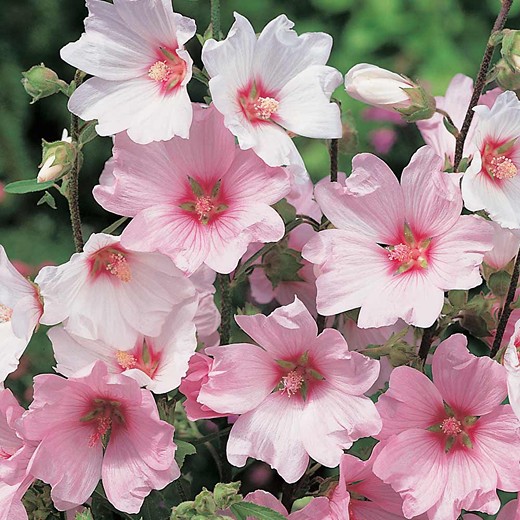
Types of Lavatera
Various types of lavatera are highly regarded and sought after by gardening enthusiasts. Some popular species include:
- Malva Rose, Island Mallow (Lavatera assurgentiflora): This lavatera species stands out with its unique purple and white striped flowers, which possess a distinct appearance compared to the more hibiscus-like flowers found in other lavatera varieties. Native to the Channel Islands, this plant can reach an impressive height of ten feet. It retains its evergreen nature in coastal climates and demonstrates excellent tolerance to salt spray.
- Tree Mallow (Lavatera thuringiaca): As a woody shrub, the tree mallow is capable of growing as a perennial in warm climates. This lavatera species offers a more robust and enduring presence in the garden.
- Rose Mallow (Lavatera trimestris): Rose mallow is an annual shrub that typically grows between three to six feet in height. It produces captivating saucer-shaped flowers ranging in color from white to pink. This lavatera species adds a delightful touch to any garden.
- Lavatera ‘Barnsley Baby’ (Lavatera x clementii): Lavatera ‘Barnsley Baby’ is a compact perennial lavatera variety that is well-suited for smaller gardens and containers. It showcases light pink flowers with a rose-pink center, adding a charming and delicate aesthetic to outdoor spaces.
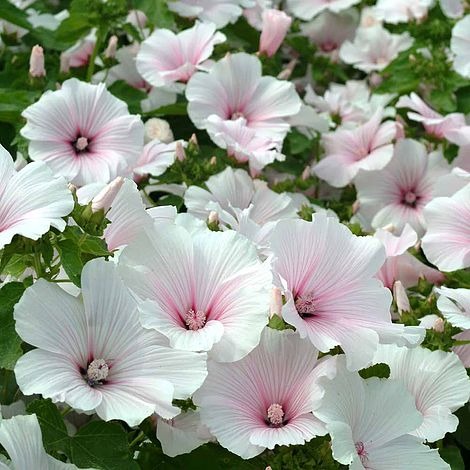
Pruning
Pruning is an essential practice for ensuring abundant flowering in perennial lavatera plants. To maintain the plant’s vitality, it is recommended to conduct pruning on an annual basis. The ideal time for pruning is in the spring, after the last frost but before new growth begins.
During the pruning process, it is important to remove all dead, damaged, and woody stems at their base. The goal is to retain only the stems that display signs of new shoot development or exhibit a swelling indicating the emergence of new growth. Trim these selected stems above the newly forming shoots, leaving a length of about one foot from the ground level.
To determine whether a stem is dead or alive, a simple test can be performed. Bend the stem gently, and if it snaps easily, it is an indication that the stem is dead and should be removed during pruning. This helps to ensure that the plant’s resources are directed towards healthy and productive growth.
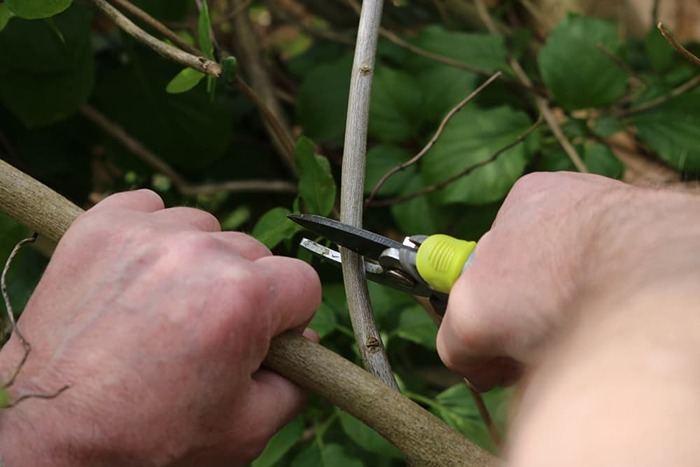
Propagating Lavatera
To propagate perennial lavatera, the following steps can be followed during the spring or summer season:
- Obtain a cutting that is approximately four inches in length.
- Remove the leaves from the lower one-third of the cutting.
- Score or scrape the bottom of the cutting, creating a slight wound to promote root development.
- Dip the scored end of the cutting into a rooting hormone solution, which aids in root formation.
- Prepare a four-inch pot filled with suitable potting mix.
- Plant the prepared cutting into the pot, ensuring it is securely positioned. It is worth noting that lavatera is sensitive to disturbance of its root system. If you intend to plant the cutting directly into the ground once it establishes, it is advisable to use a compostable pot. This way, the pot can be planted along with the cutting, eliminating the need to remove the plant from the pot.
- Thoroughly water the cutting, ensuring the potting mix is evenly moist.
- Maintain a consistent level of moisture until new growth is observed.
- Once the cutting has developed sufficient growth, gradually acclimate it to outdoor conditions through a process called hardening off. This involves gradually exposing the cutting to increasing amounts of sunlight and outdoor conditions over a period of time.
- Finally, when the cutting is ready, plant it outdoors in the garden, ensuring proper spacing and suitable growing conditions.

How to Grow Lavatera From Seed
Growing lavatera from seed can be accomplished by following these guidelines:
- Planting Time and Method: To mitigate any potential root disturbance issues, it is generally recommended to directly sow lavatera seeds into the ground around the time of the last spring frost. However, if you prefer to start the seeds indoors before transferring them outside, it is advisable to use compostable pots. This way, the entire pot can be planted into the ground, avoiding any disruption to the delicate root system.
- Indoor Starting Process: For indoor seed starting, sow the lavatera seeds in a suitable potting mix approximately two months before the last expected frost. Maintain a temperature range of 68-70 degrees Fahrenheit (20-21 degrees Celsius) for optimal germination. The seeds should be sown at a shallow depth, just barely covered by soil. It is important to keep the soil consistently moist during the germination process.
- Germination and Outdoor Transfer: Lavatera seeds typically germinate within two to three weeks. Once the seedlings have developed at least two sets of true leaves, they can be moved outdoors to a location that receives full sun. It is crucial to ensure the young plants are adequately watered until they become established in their new environment.

Potting and Repotting
Lavatera plants can be successfully cultivated as patio plants in containers. However, it’s important to note that their rapid growth may necessitate more frequent pruning to maintain desired size and shape. When grown in a container, lavatera also requires more frequent watering due to the limited soil volume. Additionally, considering the sensitivity of lavatera roots, it is crucial to select an adequately large pot that can accommodate the plant’s growth throughout its lifespan.
Overwintering
In warm climates, perennial lavatera species have the ability to overwinter outdoors, although they will experience dieback during the colder months and subsequently regrow in the spring. However, in colder climates, it is advisable to bring potted lavatera indoors prior to the arrival of the first frost. Once inside, it is essential to place the plant in a location within your home that receives full sun to ensure proper light exposure during the winter months. By taking these precautions, lavatera plants can be protected and maintained for continued growth and bloom in the following seasons.
Common Pests and Plant Diseases
Lavatera plants generally experience minimal pest issues, but they can be targeted by deer and groundhogs, who have a fondness for them. Another potential pest concern is Japanese beetles, which can occasionally affect lavatera. In the event of an infestation, manually remove the pests from the plants by hand and submerge them in a bucket of soapy water for effective control.
Lavatera plants can also encounter hollyhock rust, a fungal disease characterized by drooping and premature yellowing of leaves, as well as the development of black spots on the stems, leading to rapid decay. Unfortunately, there is currently no known cure for this disease. In such cases, the best course of action is to promptly remove the affected plant and initiate anew.
Common Problems with Lavatera
Most lavatera species generally do not face significant issues. However, when the plants experience excessive thirst, the flower petals may shed, indicating the need for adequate watering.
How to Encourage Lavatera Blooming
Insufficient sunlight is often the primary reason for lavatera plants failing to bloom. These plants require full sun exposure to promote abundant flowering. Additionally, perennial lavatera may fail to bloom if the flower buds were damaged during late spring frost events. Providing proper sunlight and protecting the buds from frost damage can help encourage lavatera to bloom successfully.
